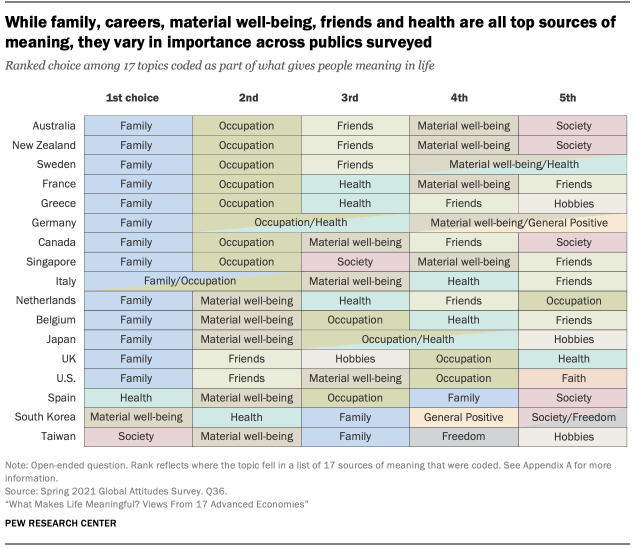 AFPImage - Protesters have targeted the International Olympic Committee (IOC) over the Games
AFPImage - Protesters have targeted the International Olympic Committee (IOC) over the GamesWhile concern over human rights has become almost a constant theme in international sport in recent years, few hosts of major events have provoked quite as much controversy as Beijing.
The venue for the 2022 Winter Olympics has been hit by a flurry of diplomatic boycotts from countries including the US, Australia, and Britain, because of widespread allegations of Chinese atrocities against the Uyghur community.
Human rights groups and Western governments have accused China of genocide in the Xinjiang region. China denies this, saying its network of detention camps there is for "re-education" of the Uyghurs and other Muslims.
Relations are also strained over a crackdown on political freedoms and pro-democracy protesters in Hong Kong, and more recently concerns over tennis player Peng Shuai, who disappeared from public view after she accused a top Chinese government official of sexual assault. Although the Chinese authorities have criticised "malicious speculation" over her case, there remains significant concern about her.
For the few Western governments who have said their representatives will not attend, such a move is a relatively easy way to be seen to issue a rebuke, while avoiding the much more contentious step of preventing athletes from competing via a full boycott.
It is not a new tactic. Three years ago some European countries, including Britain, announced diplomatic boycotts of the Russian football World Cup after the Salisbury Novichok poisoning.
The risk with sending politicians to Beijing to attend the Games is that inevitably it would be viewed as offering tacit approval of the government of President Xi Jinping, for whom the event is a matter of significant prestige.
While China accused the US of using the Games for political manipulation and vowed "resolute counter-measures", it is unlikely to have been too dismayed, or indeed surprised, especially given the likes of Italy and France have declined to join the boycott, with President Macron describing it as "symbolic and insignificant". Certainly it will make very little difference to the spectacle of the event for those inside venues or watching from afar. READ MORE...









































